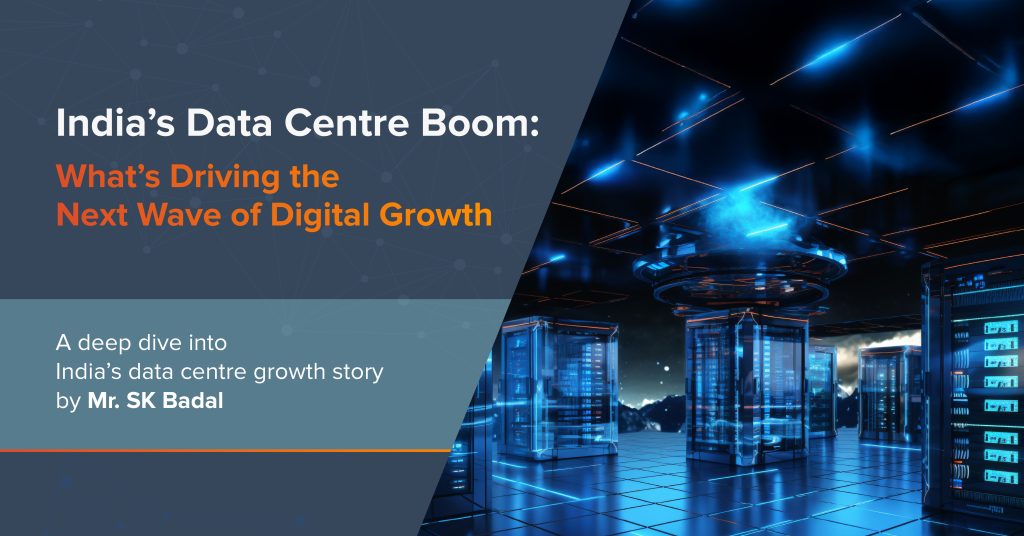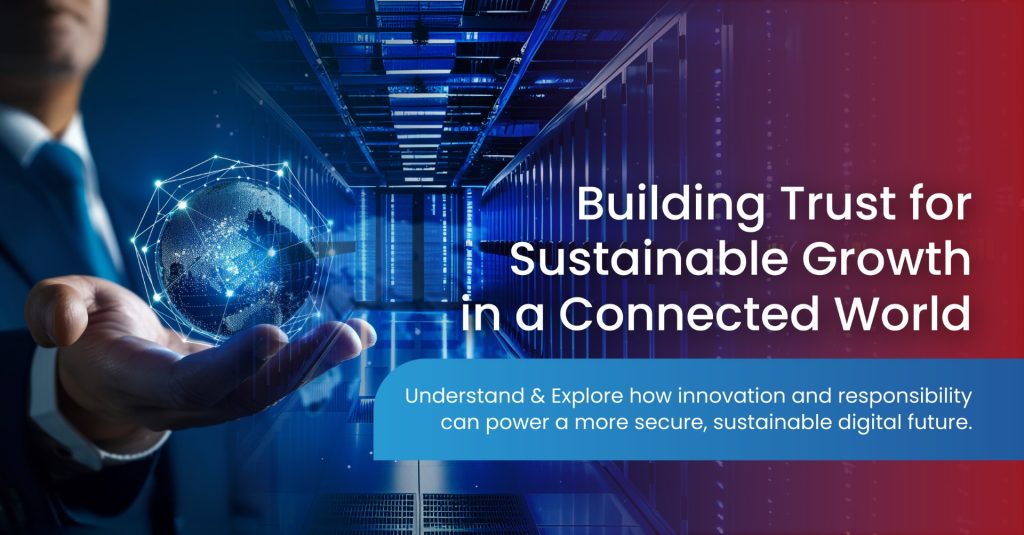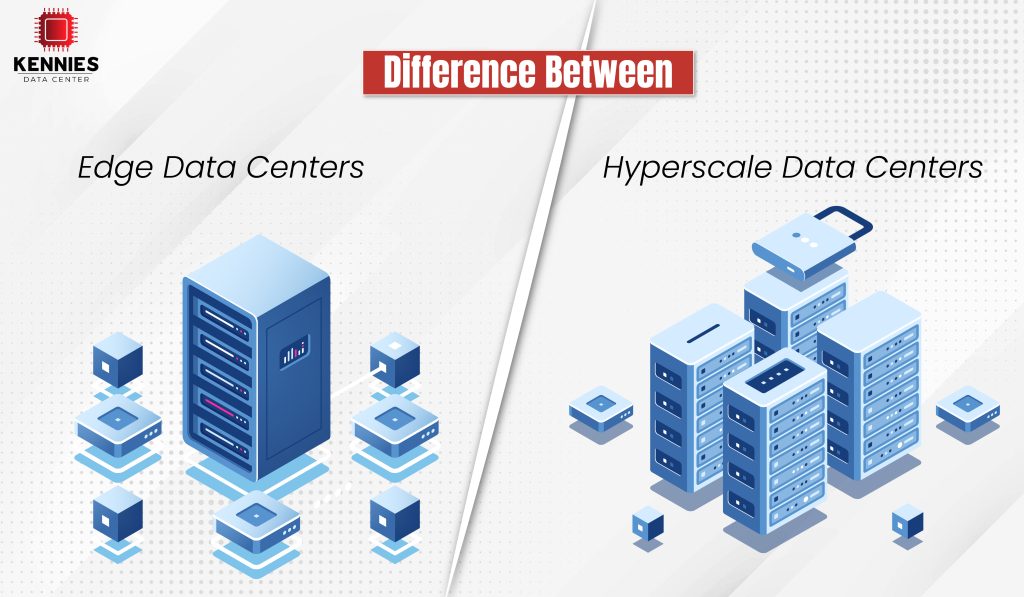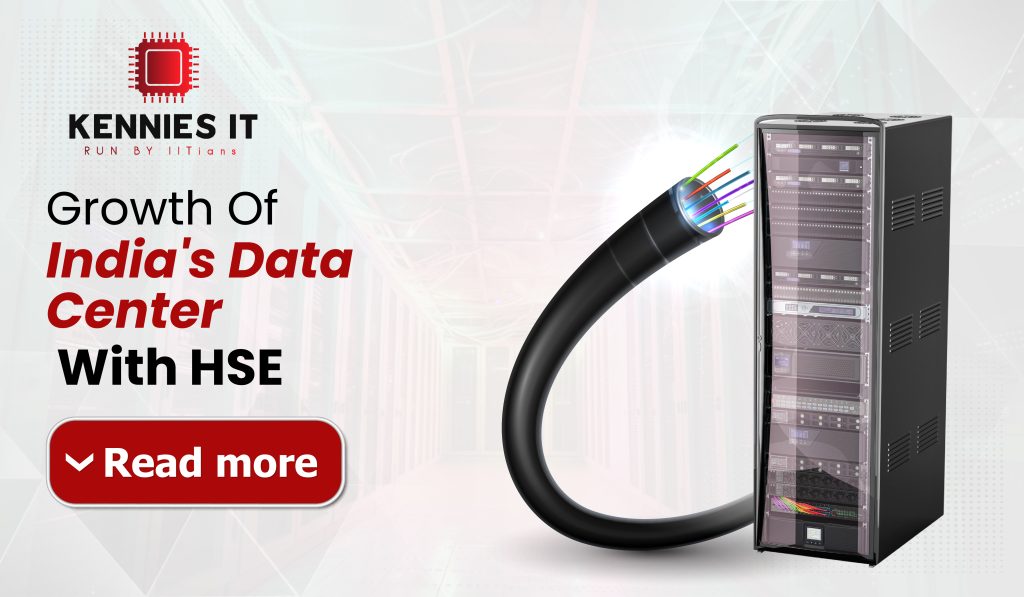
Indeed, data centers are the backbone of today’s highly competitive Internet-driven era. From small businesses and startups to global enterprises, the demand for reliable and uninterrupted services is higher than ever. At the core of this demand lies the concept of zero downtime, a crucial factor that can make or break the customer experience.
Zero downtime has become a common buzzword among data centers, and many are still striving to achieve it. Having a reliable data center with little to no downtime has become essential in today’s digital world, but achieving it is not as easy as it seems. In this blog post, we will learn why zero downtime is crucial for modern data centers in India and how it can significantly boost customer experience.
Understanding Zero Downtime
The term zero downtime refers to the ability of a data center to offer continuous, uninterrupted service without any period of unavailability. Achieving zero downtime means that the data center can manage maintenance, upgrades, and unexpected issues without affecting the availability of services. This concept is vital for businesses that completely rely on continuous online presence and access to data, as any downtime can lead to significant financial losses and damage to reputation.
The Significance of Zero Downtime in Modern Data Centers
- Business Continuity: For many businesses, especially those operating online, continuity is paramount. E-commerce platforms, financial services, and cloud-based applications must be available round-the-clock to meet customer expectations and operational needs. Any downtime can lead to disrupted services, lost sales, and dissatisfied customers. By ensuring zero downtime, data centers can guarantee that businesses remain operational and productive at all times.
- Customer Trust and Loyalty: In an era where customers have countless alternatives at their fingertips, trust and loyalty are hard-won but easily lost. A single instance of downtime can erode customer trust and drive them to competitors. Ensuring zero downtime helps businesses build and maintain customer confidence by offering a reliable and consistent user experience. When customers know they can depend on a service without interruptions, their loyalty is extended.
- Financial Implications: Downtime can be costly. According to a report by Gartner, the average cost of IT downtime is $5,600 per minute, which translates to over $300,000 per hour. These costs include lost revenue, decreased productivity, and the expenses associated with getting systems back online. By aiming for zero downtime, data centers can help businesses avoid these substantial financial losses.
- Compliance and SLA Obligations: Many industries have stringent regulations and compliance requirements regarding data availability and security. Service Level Agreements (SLAs) often include specific uptime commitments, and failing to meet these can result in penalties and legal repercussions. Zero downtime is essential for meeting these obligations and ensuring compliance with industry standards.
- Competitive Benefit: Providing no downtime can set you apart in a competitive market. Companies that are able to offer and deliver uninterrupted service will have a competitive advantage, leading to an increase in customer acquisition and customer retention. Data centers that focus on achieving zero downtime can establish themselves as frontrunners in both reliability and performance.
Enhancing Customer Experience Through Zero Downtime
Seamless User Experience
A seamless user experience is a must when it comes to customer satisfaction. Whether a customer is shopping online, streaming content, or accessing cloud services, any kind of interruption can cause frustration. Zero downtime ensures that users have a smooth, uninterrupted experience, elevating entire satisfaction and engagement.
Enhanced Performance
Zero downtime refers to both maintaining peak performance and preventing outages. Zero downtime data centers make significant investments in reliable infrastructure, redundancy, and effective resource management. Better performance, quicker load times, and more dependable services are the results of this, and they all enhance the user experience.
Increased Reliability
A key component of the consumer experience is reliability. Customers are able to trust a brand and depend on its offers when services are reliably available and function as promised. This dependability builds a solid connection between the client and the company, promoting recurring business and enduring loyalty.
Proactive Problem Resolution
Data centers need to implement proactive monitoring and maintenance procedures in order to achieve zero downtime. It entails seeing any problems early on and taking quick action to fix them. In addition to reducing interruptions and guaranteeing that issues are resolved quickly, proactive problem-solving also improves the client experience.
Scalability and Flexibility
In order to adapt to shifting customer needs, modern organizations must be able to grow their operations swiftly. Zero downtime data centers provide the scalability and flexibility needed to enable corporate expansion. Clients may concentrate on their main business operations and growth strategies by scaling their services without having to worry about any outages.
Achieving Zero Downtime: Best Practices for Data Centers
- Redundant Infrastructure: Redundancy is key to zero downtime. Data centers should implement redundant systems, including power supplies, network connections, and storage. Redundant infrastructure ensures that if one component fails, another can take over seamlessly, overcoming service interruptions.
- High Availability Solutions: High availability solutions involve clustering multiple servers and distributing workloads to ensure that if one server fails, others can handle the load. It minimizes the risk of downtime and ensures continuous service availability.
- Regular Maintenance and Upgrades: Scheduled maintenance and upgrades are essential for keeping systems up-to-date and secure. Data centers should perform these tasks during off-peak hours or use rolling upgrades that do not affect overall service availability.
- Proactive Monitoring and Alerts: Applying advanced monitoring tools and setting up alerts for potential issues enables data centers to address problems before they escalate. Proactive monitoring helps maintain service quality and prevents downtime.
- Disaster Recovery Plans: A robust disaster recovery plan is crucial for handling unexpected events such as natural disasters, cyber-attacks, or hardware failures. DR plans should include data backup, failover mechanisms, and regular testing to ensure effectiveness.
Conclusion
When it comes to zero downtime, it’s not like a luxury but a necessity for modern data centers. It is vital for maintaining business continuity, building customer confidence, eradicating financial losses, and gaining a competitive edge. By prioritizing zero downtime, data centers can significantly enhance customer experience, offering seamless, reliable, and high-performance services.
As businesses and customers alike increasingly rely on uninterrupted access to data and applications, zero downtime will continue to be a defining factor in the success of modern data centers.
Here at Kennies, we are the Tier 3 data center in Mohali and data center in Ghaziabad, Delhi NCR with an expected uptime of 99.982% (1.6 hours of downtime annually). With our unwavering dedication and customer support, we always try our best to streamline businesses’ operations.
Frequently Asked Questions
What is zero downtime, and why is it important for modern data centers?
Zero downtime refers to the ability of a data center to offer continuous, uninterrupted service without any periods of unavailability. It is crucial for modern data centers because it ensures business continuity, prevents financial losses, and maintains customer trust and satisfaction. In an era where digital services are expected to be available 24/7, achieving zero downtime helps data centers meet high customer expectations and industry standards.
How does zero downtime enhance the customer experience?
Zero downtime enhances the customer experience by ensuring that services are always available, leading to a seamless and uninterrupted user experience. Customers benefit from reliable and consistent access to applications, websites, and online services, which increases their satisfaction and trust in the provider. Additionally, zero downtime often correlates with improved performance and faster response times, further enhancing the overall user experience.
What are the financial implications of downtime for businesses?
The financial implications of downtime for businesses can be significant. According to industry reports, the average cost of IT downtime can reach thousands of dollars per minute. These costs include lost revenue, decreased productivity, and expenses related to restoring services. By achieving zero downtime, businesses can avoid these substantial financial losses and maintain their profitability and operational efficiency.
What strategies can data centers employ to achieve zero downtime?
Data centers can employ several strategies to achieve zero downtime, including:
- Redundant Infrastructure: Implementing multiple, redundant systems to ensure that if one component fails, another can take over seamlessly.
- High Availability Solutions: Using clustering and load balancing to distribute workloads and minimize the impact of server failures.
- Regular Maintenance and Upgrades: Performing scheduled maintenance and upgrades during off-peak hours or using rolling upgrades to avoid service interruptions.
What role does customer trust play in the importance of zero downtime?
Customer trust is a critical factor in the importance of zero downtime. In a competitive market, customers have numerous alternatives and can easily switch to a competitor if they experience service interruptions. Zero downtime helps build and maintain customer trust by providing reliable and uninterrupted services. When customers know they can depend on a service provider, their loyalty increases, leading to long-term business relationships and a positive reputation in the market.










